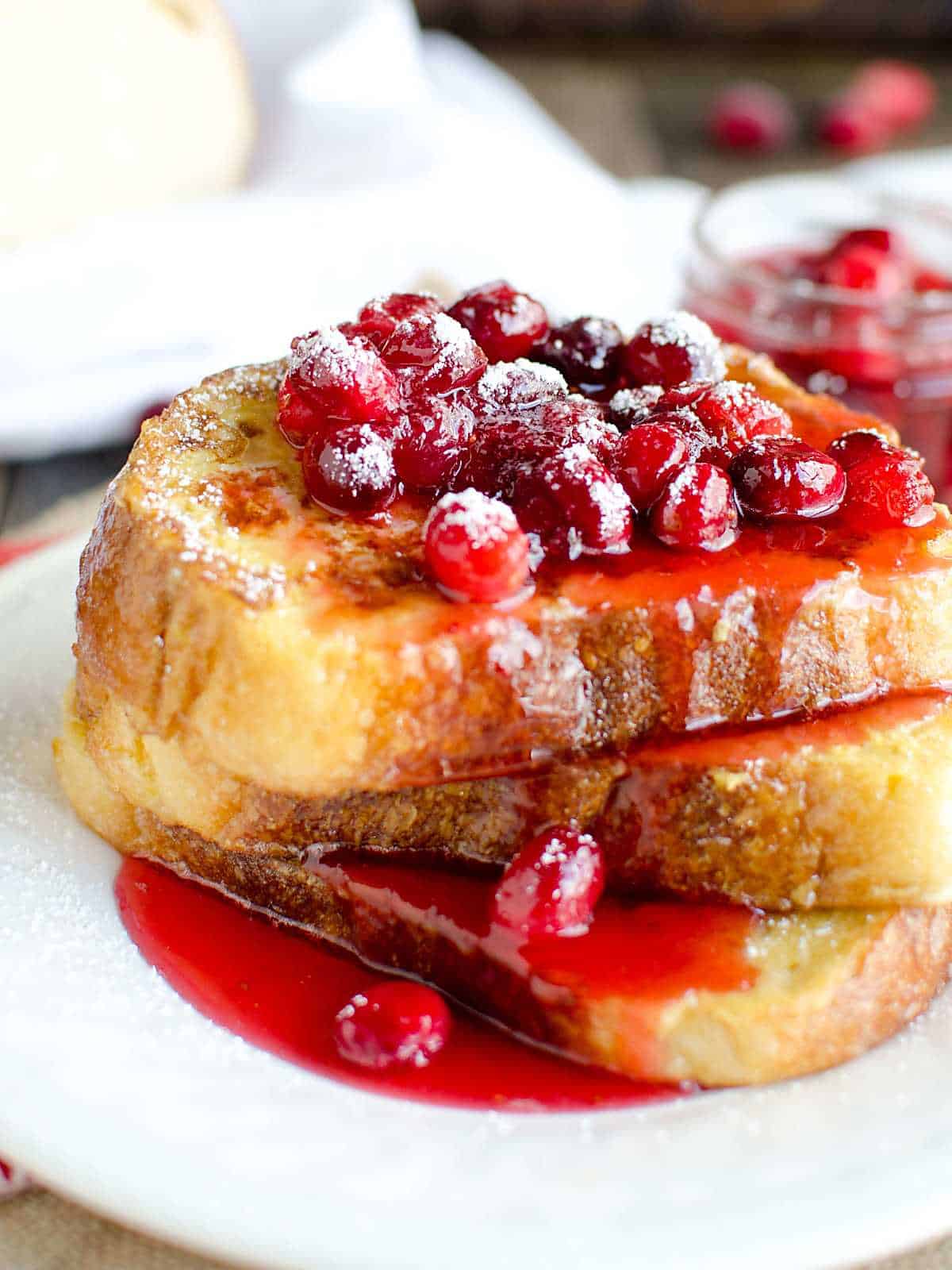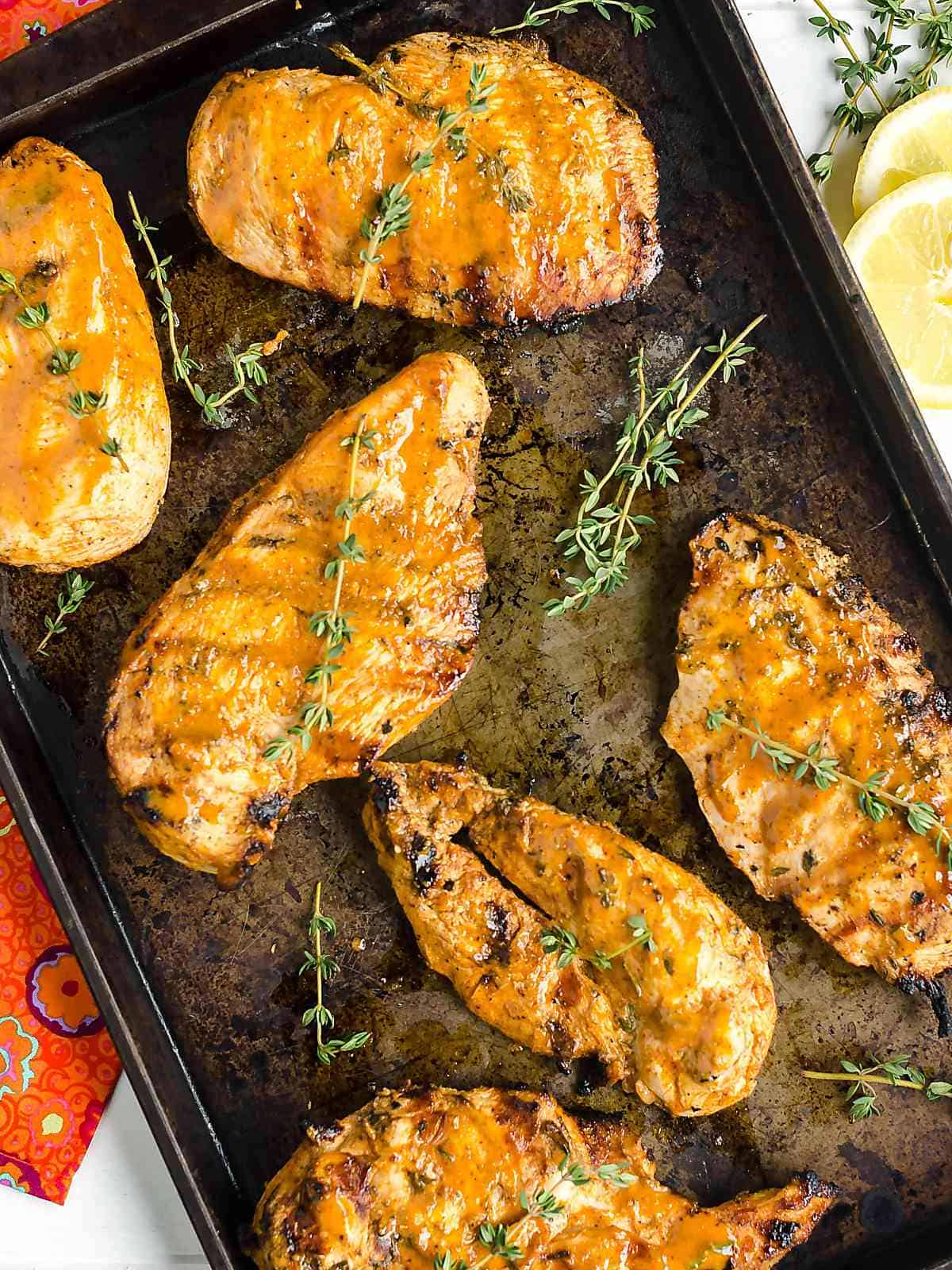This post may contain affiliate links. Please read my disclosure policy.
This hearty Frittata recipe is packed with flavor. Creamy, fluffy eggs, savory bacon, fresh vegetables, and herbs, all cooked in one pan for an easy peasy meal!
I’m sharing all my tips for getting perfect results every time you make this. (No more rubbery eggs!)

One of my favorite things about eggs is that they’re great at any meal. They easily pass as breakfast, lunch, brunch, or dinner.
We love these cheesy baked eggs for dinner and this over-the-top Cobb Egg Salad for lunch.
The thing I love about Frittatas is that they’re so adaptable. This one happens to fall in the Keto category, but there are so many options for different variations.
And I’ll share some winning combinations later in the post.
This dish is a fantastic addition to your Easter menu.
Why you’ll love this recipe
- It’s perfect at any meal
- You only need one pan
- Ready in 30 minutes
- Inexpensive
- It’s filling
- Endless combinations
A Frittata, also known as a crustless quiche, is an egg dish that has a blend of meat and vegetables in it.
Usually, you start the dish on the stove-top in a skillet and finish it in the oven. I love using a cast-iron skillet for this reason. (It’s also my go-to pan for seared steak).
Because there is no crust, it’s also gluten-free.

FAQ’s
Both dishes are made with eggs, but the cooking method makes a Frittata standout from an omelet.
A Frittata is cooked slowly over lower heat to develop the flavors. Often starting in a skillet and finishing in the oven. An Omelet is cooked in a skillet over high heat. It’s cooked from start to finish on the stove top.
Yes, you can. However, if you want a lower-carb version or Keto, heavy cream is the way to go.
You could also use yogurt, sour cream or creme fraiche as alternate dairy.
A cast-iron pan is best.
It provides even cooking. It can be used on the stove-top and in the oven. A well-seasoned cast-iron pan gives it a non-stick quality, so slicing and serving is easier.
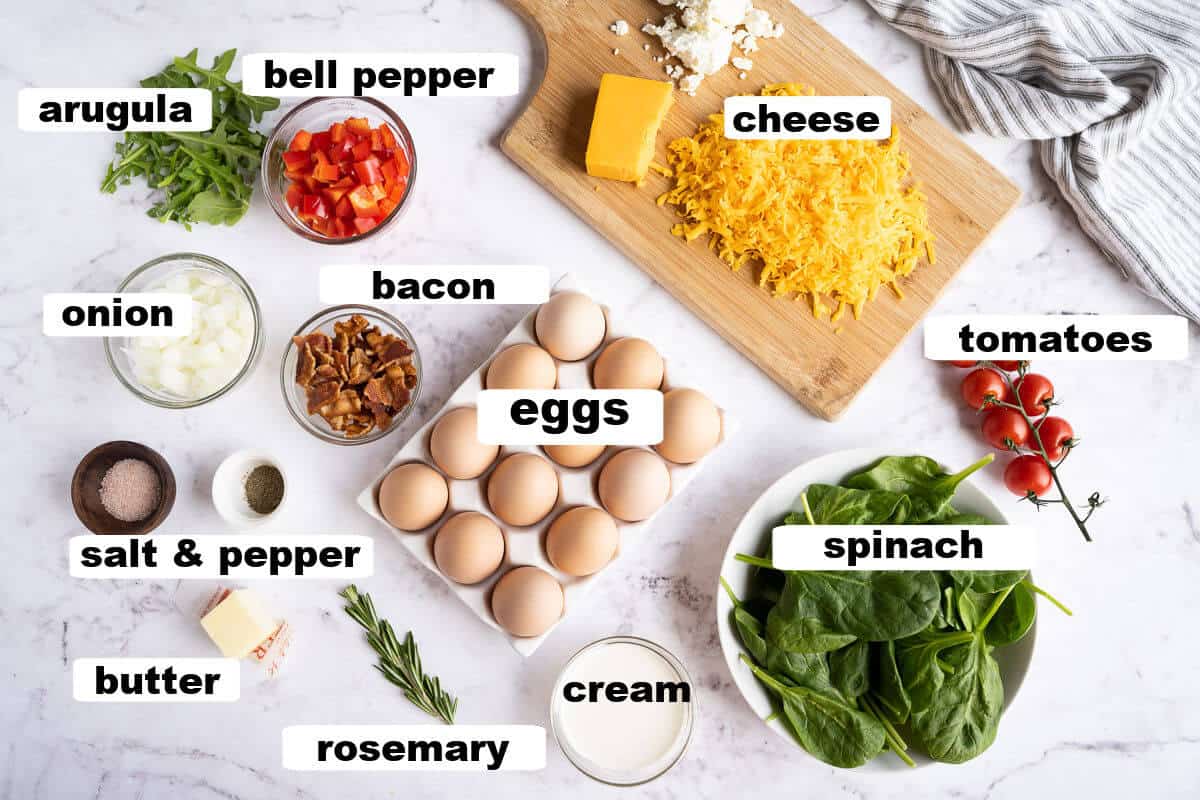
Ingredients
- Butter– for sauteing, and flavor,
- Eggs– Of course, it’s the base of the recipe!
- Heavy cream– makes the dish richer and creamier.
- Onions, bell peppers, cooked bacon, fresh rosemary– think of these as the flavoring of the dish. This is where you can get creative.
- Cheese– because it makes the world go round! Haha! Adds a bit of tang or sharpness, and contributes to the creaminess.
- Spinach and Arugula– greens are good for you! I always use fresh and not frozen. The spinach is baked in and the Arugula is used for garnishing.
- Salt and pepper– brings out the flavor of the dish.
Be sure to see the recipe card for specific measurements and instructions.
Instructions
Measure and set out all ingredients as the recipe moves quite quickly. I recommend chopping veggies and preparing bacon ahead of time to make things go smoothly.

Step One: Prep the eggs
- Crack the eggs in a large bowl. You can use 12-18 eggs. I typically use 15. 12 will be a thinner frittata, 18 will be a thicker one.
- Add the heavy cream, salt, and pepper.
Step Two: Blend
- Use an immersion blender to mix it until it is well combined and frothy.
Using an immersion blender (or even a regular blender) whips a lot of air into the eggs, this makes them light and fluffy. If you whisk by hand, do it vigorously to create lots of air bubbles.
Step Three: Saute the veggies, meat, and seasoning
- Melt butter, over medium-high heat, in a large cast-iron skillet, or another oven-safe skillet.
- Add the onions and peppers and cook until the onions are translucent, about 5 minutes. Add bacon and fresh rosemary, stir for 30 seconds.
- Spread ingredients evenly throughout the pan.
Step Four: Add egg mixture
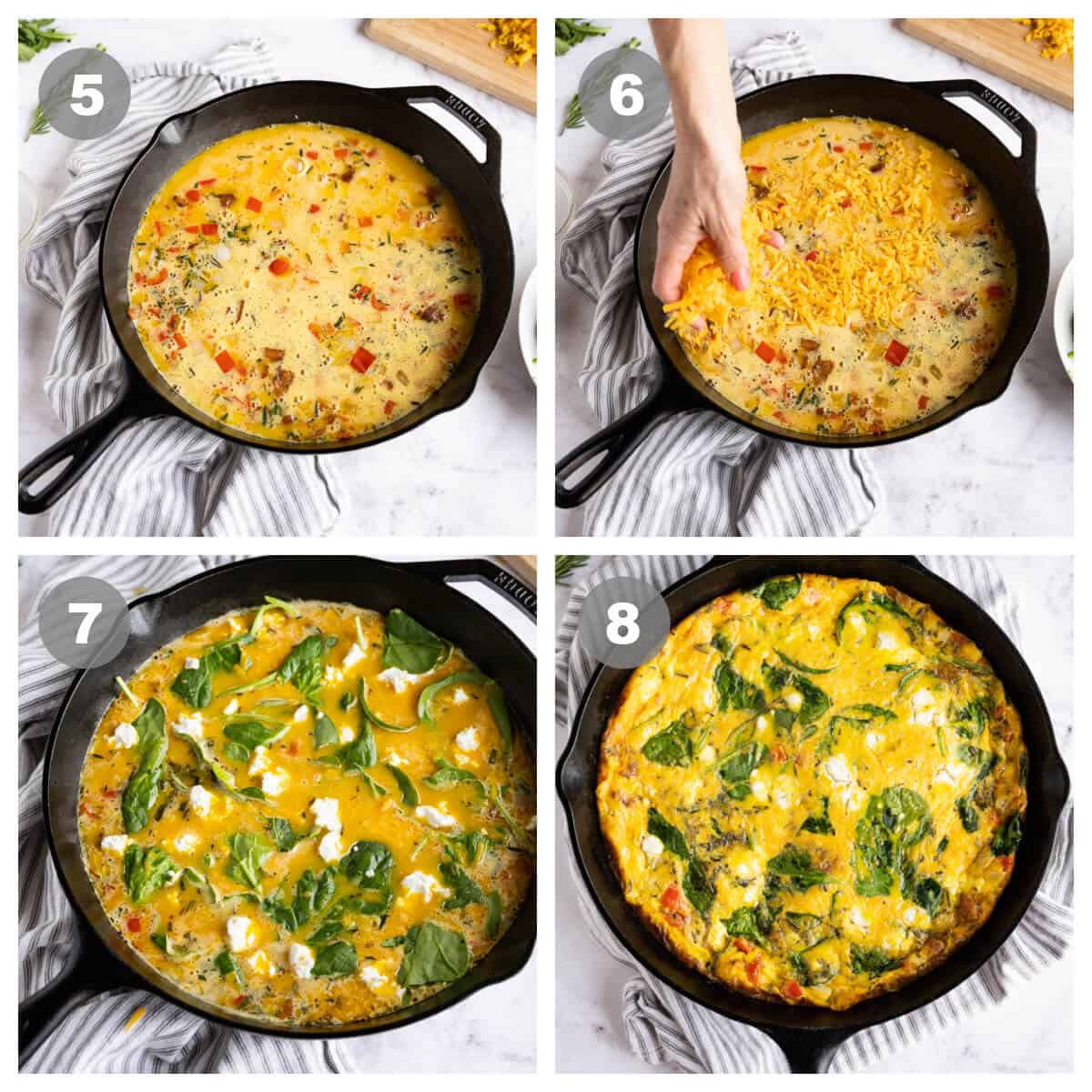
Step Five: Let Stand
- At this point, just let the eggs cook for a few minutes. The edges will start to firm up. Don’t stir!
Steps Six & Seven: Add cheese and spinach
- Sprinkle the cheddar cheese evenly over the frittata. I like to use the cheddar first, it will sink in a little bit and melt into the eggs.
- Add the spinach, and gently push it down a little under the eggs. Some of it will still rise above and that is okay
- Add the goat cheese. I like to add the goat cheese last because it will now sit more on top rather than sink. It looks beautiful and it’s easy to disperse it evenly.
Step Eight: Cooke and Serve
- Bake at 350° for 15-20 minutes. It’s finished when the edges are golden and the eggs are set. You can stick a knife in the center to make sure it’s cooked through.
- Slice and serve topped with arugula and fresh cherry tomatoes. Arugula is green leafy lettuce that has a bit of a peppery flavor which is why it pairs so well with eggs.
- A bowl of fruit pairs nicely on the side.

Tips for Fluffy Eggs
- Using the immersion blender creates air in the eggs which will produce a light and fluffy result
- Heavy cream gives a creamy texture. You can add up to 1/2 cup per dozen eggs.
- Don’t overcook! Overcooking eggs makes them rubbery. When you remove the Frittata from the oven, it will continue to cook, especially if you are using cast iron, which retains heat well. You do want it to be set and not liquidy, but keep this in mind so you keep the texture perfect.
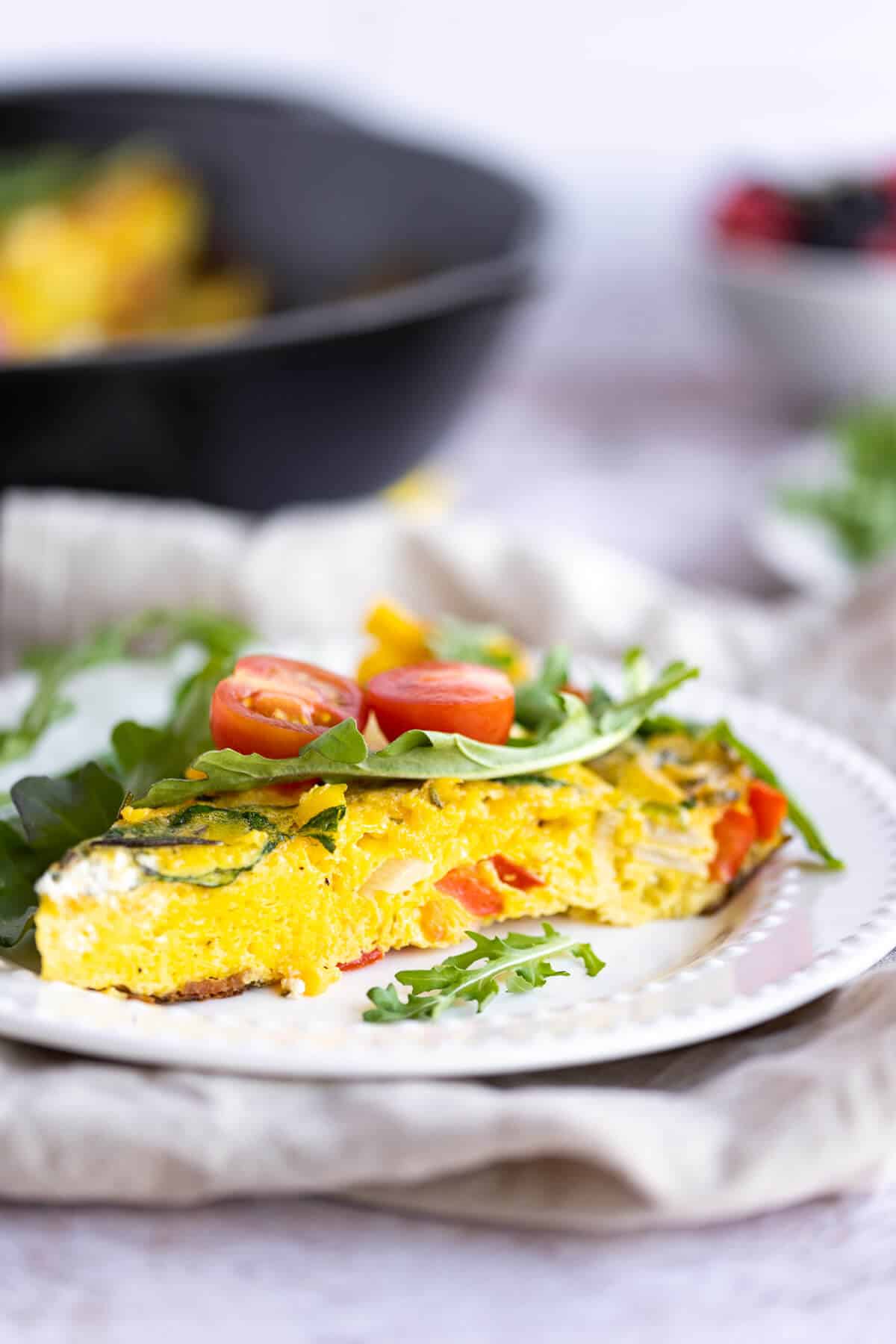
Notes
- Allow the pan to heat up on the stove before adding the butter. A hot, well-oiled pan is the key to a Frittata that doesn’t stick.
- If you are using a cast-iron pan, you will notice it holds heat well, you may need to turn the temperature of the stove down if you feel like the food is burning or charring.
- Heavy cream is optional, but it gives a nice creamy texture. Yogurt, milk, or creme fraiche are other options, but the cream is my favorite.
- Check the status of the Frittata after about 15 minutes in the oven. Over-cooked eggs are rubbery, so keep a close watch on them.
- My pan is 10 ½ inches, to help you gauge how many eggs to use.
- I usually make this with 15 eggs. You can use 12 eggs for a thinner frittata and 18 eggs for a nice thick Frittata. You do not need to change the amounts of anything else.
- If you follow the Trim Healthy Mama plan this recipe is an S.
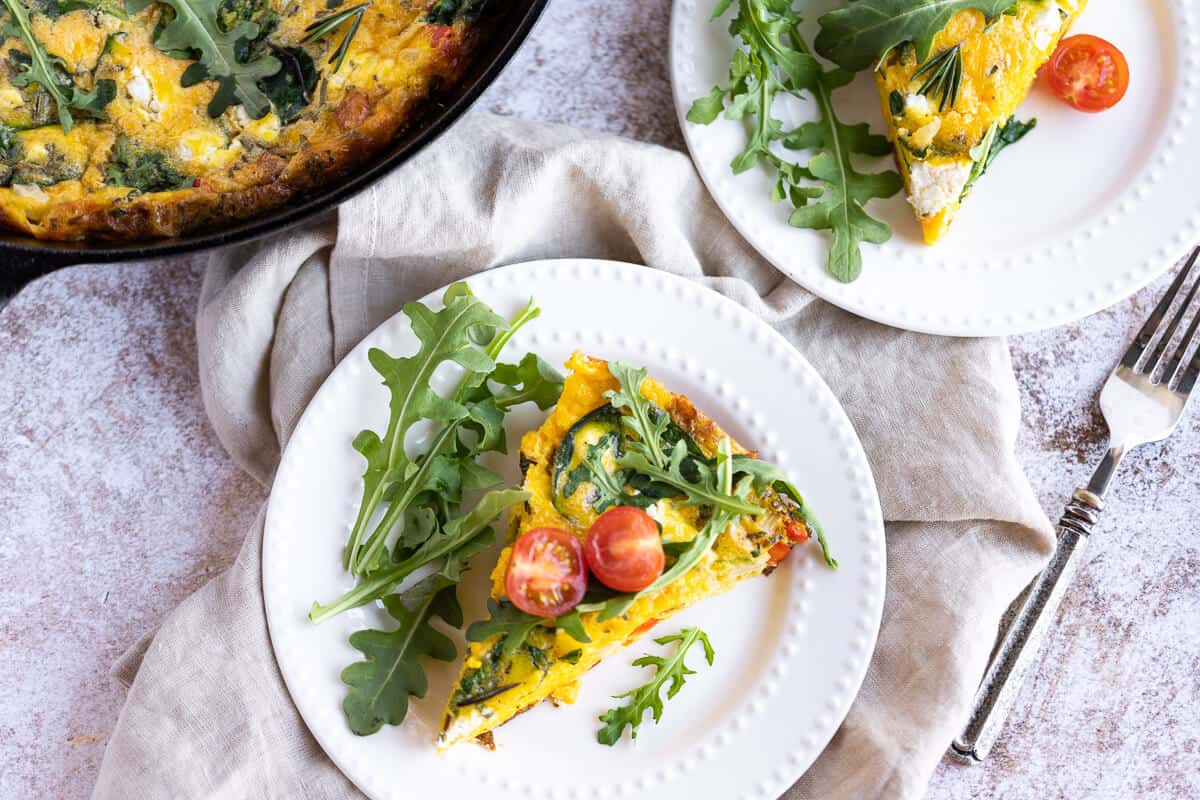
Storing
- Leftovers should be stored in an airtight container in the refrigerator for up to 5 days.
- You can freeze the leftovers for up to 6 months, which makes this a great make-ahead breakfast. Use an airtight zip-locking freezer bag to keep it protected and fresh.
- To reheat: It should be fully thawed. Place in an oven-safe dish, cover with foil, and heat at 300° until warmed throughout. You can also reheat the frittata in the microwave for about 1 minute.
Variations
The creativity is endless! Here are some of my favorite Frittata combinations:
- ham and broccoli with swiss cheese
- Sausage, bell peppers, onions with mozzarella cheese
- Spinach, Artichoke, and sundried tomatoes with goat cheese ( I have this version in my mini-frittatas)
- Asparagus and mushroom with Monterey Jack cheese
- Broccoli, spinach, and tomatoes with parmesan cheese
- Ham, peppers, and onions with cheddar (think Denver omelet)
Additional ingredients that work well
- Potatoes or hash browns
- Leeks
- Zucchini and other squash
- Chicken
- Kale
- Any type of cheese
More breakfast recipes
- Carrot Cake Overnight Oats
- Strawberry Cheesecake Pancakes
- Green Shakshuka
- Breakfast Banana Split
- Smoothies
Please Share!
Your shares are how this site grows, and I appreciate each one. Do you know someone who would enjoy this recipe?
I’d love it if you shared it on your favorite Pinterest board or Facebook! AND…if you like this recipe, please do me a favor and give it a ⭐️ ⭐️ ⭐️ ⭐️ ⭐️ rating! TIA 🥰
You can also follow along on YouTube and Instagram!

Frittata
Equipment
- Oven-proof skillet, such as a cast iron pan
Ingredients
- 15 eggs
- 3 tablespoons heavy cream
- 1 teaspoon salt
- ¼ teaspoon pepper
- 2 tablespoons butter
- 1 medium onion diced
- 1 bell pepper any color, or assortment, diced
- 1/2 cup bacon crumbled
- 1 tablespoon fresh rosemary finely chopped
- 2 cups cheddar cheese shredded
- 1 ½ cup fresh spinach loosely packed
- ¼ cup goat cheese crumbled
- 1/2 cup arugula optional garnish
- 1/2 cup Cherry tomatoes optional garnish
Instructions
- Preheat the oven to 350°
- Crack the eggs in a large bowl, add the cream, salt and pepper.
- Using an immersion blender, blend until well combined and slightly frothy. If you don’t have an immersion blender, you can whisk by hand. Set aside.
- Melt butter, over medium-high heat, in a large cast iron skillet, or other oven safe skillet. Add the onions and peppers and cook until the onions are translucent, about 5 minutes. Add fresh rosemary, stir for 30 seconds.
- Reduce the heat to medium, and add the bacon. Spread the meat and vegetable mixture somewhat evenly throughout the pan.
- Pour the egg mixture into the cast iron pan and do not disturb for about 2-3 minutes. The edges will just begin to set up.
- Sprinkle the cheddar cheese evenly over the frittata. Then add the spinach, also spreading it evenly over the top. Push the spinach leaves down, so some of it is submerged in the egg mixture. Some of it peeking out on top is fine.
- Sprinkle the goat cheese over the top.
- Place the skillet in the oven and cook until the eggs are completely set up, 15-20 minutes.
- Carefully remove the pan from the oven. Cut the Frittata into 8-12 sections depending on how large you want the pieces to be.
- Top with arugula and cherry tomatoes and serve immediately.
Notes
- Allow the pan to heat up on the stove before adding the butter. A hot, well oiled pan is the key to a Frittata that doesn’t stick.
- If you are using a cast iron pan, you will notice it holds heat well, you may need to turn the temperature of the stove down if you feel like the food is burning or charring.
- Heavy cream is optional, but it gives a nice creamy texture.
- Check the status of the Frittata after about 15 minutes in the oven. Over cooked eggs are rubbery, so keep a close watch on them.
- My pan is 10 ½ inches, if yours is smaller, use fewer eggs. I usually make this with 15 eggs. You can use 12 eggs for a thinner frittata and 18 eggs for a nice thick Frittata. You do not need to change the amounts of anything else.
- Trim Healthy Mama S
- If you don’t have an immersion blender, use a whisk or fork.

